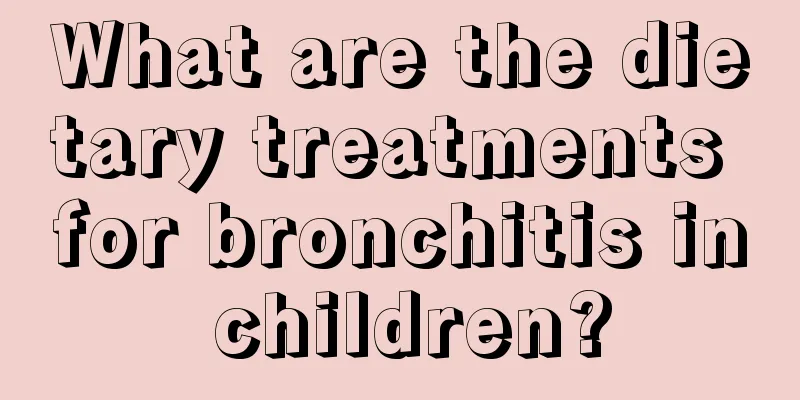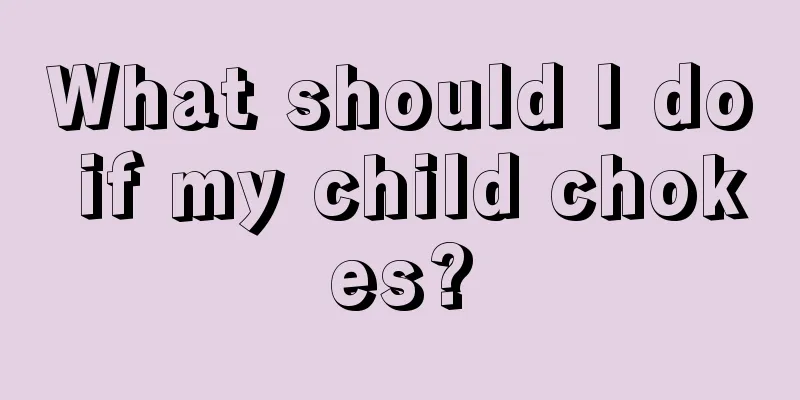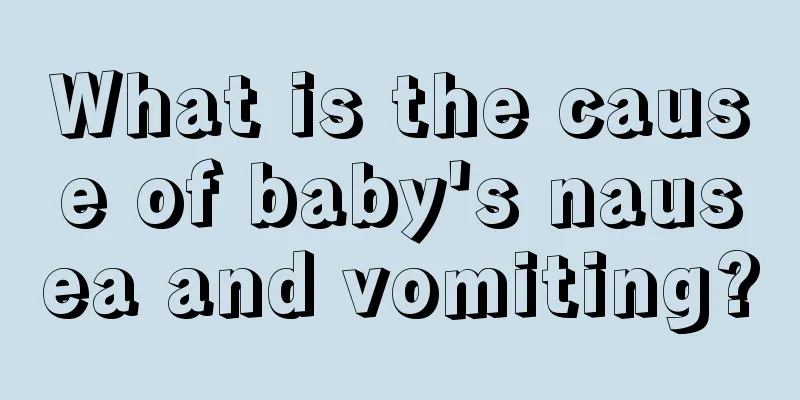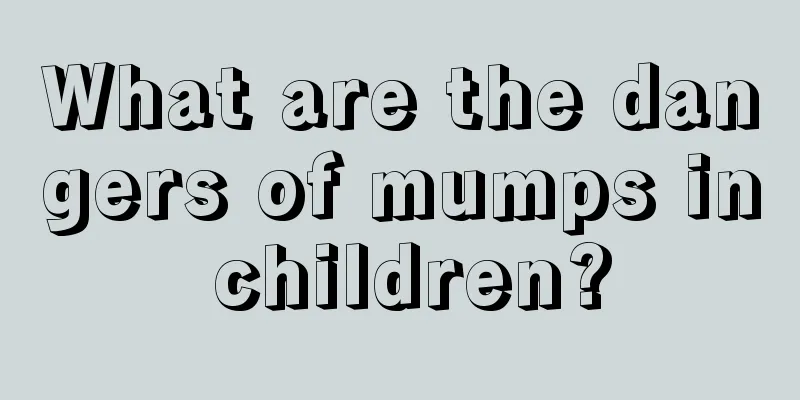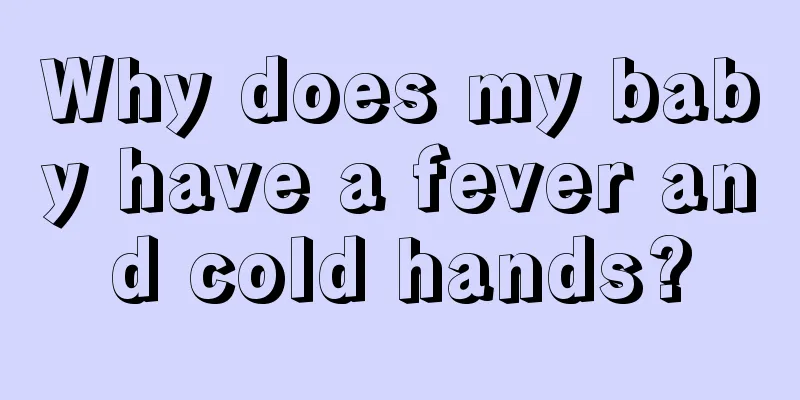What are the early symptoms of myocarditis in children?

|
Myocarditis in children is relatively common in daily life. However, due to the differences in the severity of symptoms, some children may not even show any abnormal symptoms. However, a big problem for children with myocarditis is that they cannot express themselves through words. So what are the symptoms of myocarditis in children? Myocarditis is a common heart disease in children. Clinically, the symptoms vary in severity, but the prognosis is mostly good. A history of respiratory or digestive tract viral infection, such as colds, enteritis, etc., is common 1 to 3 weeks before the onset of the disease, and there are often prodromal symptoms of varying severity, such as fever, sore throat, and myalgia. Children with mild cases may have no obvious symptoms and only show abnormal electrocardiogram. The clinical manifestations of children of different age groups vary. Infants may show symptoms such as poor feeding, irritability, crying, drowsiness, nausea, vomiting, etc. Young children may be lazy and sigh for a long time. Older children often complain of chest tightness, palpitations, dizziness, fatigue, precordial pain or discomfort, etc. Auscultation of the heart sounds is dull, tachycardia or bradycardia, and arrhythmia. The electrocardiogram may show frequent premature beats, paroxysmal tachycardia, obvious ST-changes or conduction blocks, etc. Symptoms of severe cases of myocarditis in children Children with severe myocarditis may experience edema, limited movement, shortness of breath, cyanosis, moist rales in the lungs, heart enlargement, hepatosplenomegaly and other manifestations of heart failure. Those with acute onset may suddenly experience cardiogenic shock, heart failure or severe heart rhythm disorders or cardio-cerebral syndrome, left heart failure, and pulmonary edema within 24 hours. This is called fulminant myocarditis, which is manifested by irritability, pale complexion, blurred skin, cold and wet limbs, cyanosis of the toes and fingertips, weak pulse, decreased blood pressure, and gallop rhythm. Convulsions and coma may even occur, which are life-threatening and require race against time for rescue. |
<<: Why don’t children sleep? Parents need to pay close attention
>>: What to do if your child has swollen tonsils? Daily care should be done well
Recommend
What should I do if a five-year-old boy always sweats when sleeping?
Sweating is a way for our body to adjust itself. ...
What to do if your child has ear knots
The development of children is an issue that many...
What to do if baby's leg lines are asymmetrical
The healthy growth of the baby requires us to obs...
Lymph nodes behind the ears
Nowadays, many parents are more concerned about t...
Why does a 2-year-old baby cry when sleeping?
We all know that babies have different growth and...
Treatment for breast enlargement in girls
Our female friends may be more sensitive to the d...
What medicine should children take for indigestion and fever
Younger children can only rely on their parents t...
Treatment of facial abrasions in children
Many mothers do not want to face children's f...
What to do if a 4-year-old has cavities?
Generally speaking, children have poor self-contr...
When is the best time to treat strabismus in children?
When a child has strabismus, parents should pay a...
What causes children to snore?
These two nights when I was sleeping, I suddenly ...
What complementary foods should babies not eat? These foods should be avoided
Many parents will feed their babies what they thi...
What are the secondary sex characteristics of boys?
When boys reach a certain age, they begin to deve...
One-month-old baby always struggles when sleeping
When many mothers are taking care of their babies...
Neonatal B-ultrasound examination
In our lives, there are many newborns who will be...

